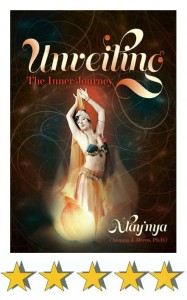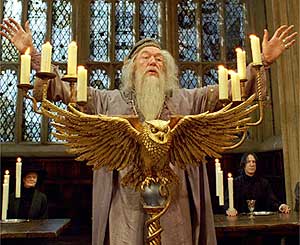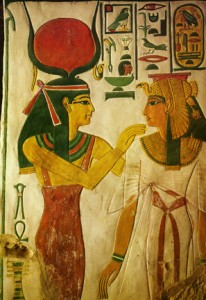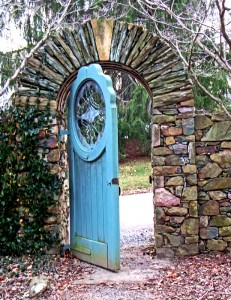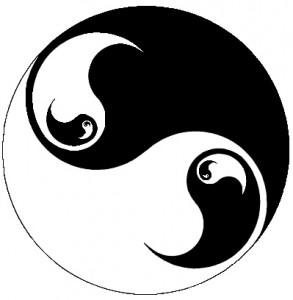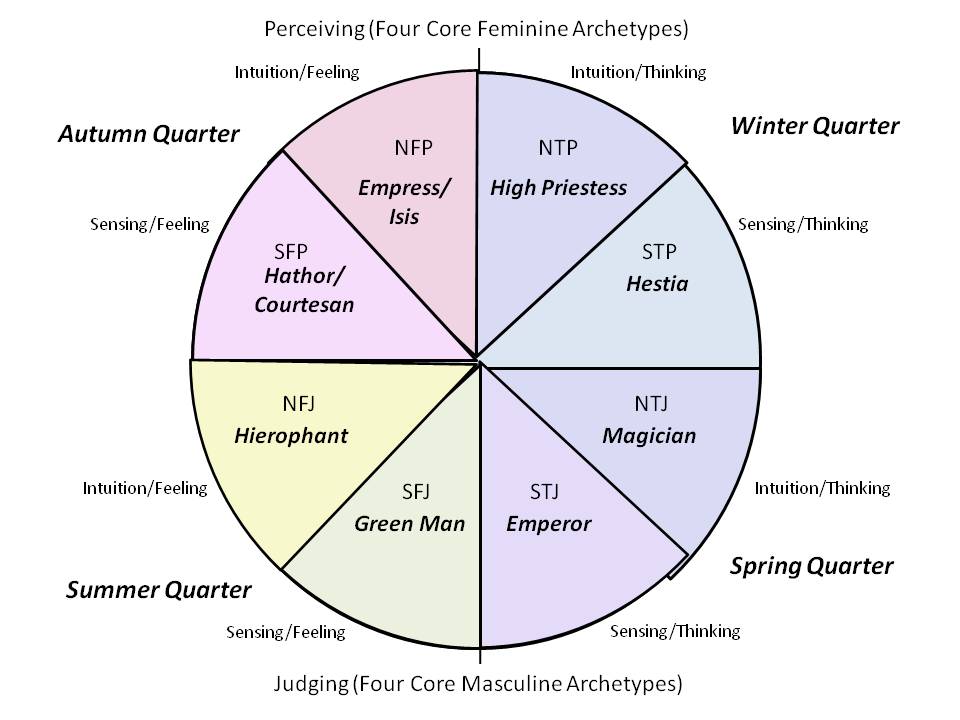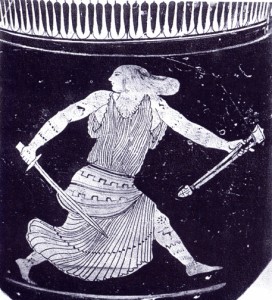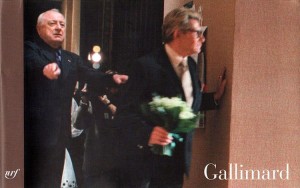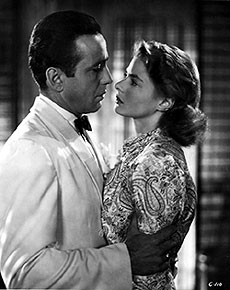The Pathway to Your Pleasure-Goddess Hathor Lies in Finding Your Inner Quiet Core
Are you feeling that your life is run – much too much – by your commitments and your “to-do” list?
Are you seeking to bring more pleasure into your life?
Are you actually desiring to reframe your entire life so that pleasure is at your center and your core?
In short, are you ready to start making you your own top priority? Not your job. Not your husband or significant other. Not your family (could be parents, could be the kids).
Not even fitting into your own earlier expectations for yourself.
These are ones that you may have carved out for yourself much earlier, and now find to be way too much of a straightjacket.
In short, are you ready to bust loose? To find freedom? To discover and embrace who you really are?
Welcome to the club, dearest one.
Pioneers in Pleasure
One of the strongest advocates for women finding their own pathway to pleasure these days is Regena Thomaschauer, aka Mama Gena. An early interview with her, for Glamour magazine, cited some of Mama’s suggested reading. Among these were a book by Dr. Stella Resnick, The Pleasure Zone: Why We Resist Good Feelings and How to Let Go and Be Happy.
Naturally, I did what you would do: I jumped into the book using Amazon’s Look Inside feature. And I found the most fascinating little vignette:
At that point, I felt I couldn’t just go back to my hectic life in San Francisco. It was time to confront my pain and loneliness and discover what was keeping me so unhappy. A month after my mother’s death, I moved to Mount Tremper, New York, a town int he Catskill Mountainst near Woodstock. The few people I know ther had summerhomes, and in winter they came jp only for an occasional weekend. I found a small house surrounded by woods, without a TV, and signed a lease for a year.
I spent that year in the country more alone than ever before – bht this time it was a chosen solitude. For guidance, I read Henry David Thoreau’s Walden…
At first, my days were terribly lonely. I cried a lot and felt sorry for myself. I read, wrote in my journal, and took long walks in the woods… In winter, I chopped kindling to feed the fires in the two potbellied stoves and fireplace that kept me from freezing.
What I began to discover during those endless days was how little I knew about how to be happy on a daily basis. I knew how to drive myself to succeed. I knew how to criticize myself … But I didn’t know how to take on a day and enjoy it…
Finally … I had a flash of insight… It isn’t enough to know what you are doing wrong, you have to know how to do it right…
I had no role models of happiness… I knew how to have a good time and to distract myself … with external pleasures… I could relish being admired by others and indulge myself in a material success … But I didn’t know how to get off my own case and relax, to enjoy the inner pleasures of a quiet mind and ease within my body.
So that becamse my grand revelation, what I had intuitively placed myself in exile to learn. I had not come to figure out what was wrong with me… I had come to experiment with how to do things differently. More than that, I had come to discover what was truly right with me.
One of the first actions I took was to turn all the clocks toward the wall and to tape over the clock on the stove. Even though I was completely alone, I still found myself fixated on time – what time to wake up, when to eat a meal, how much time was left in the day, and how late I was staying up. I realized I was uncomfortable with open-ended time.
It was hard at first, but I came to appreciate the freedom in the open space… When I released myself from the tyranny of time, I became more attuned to my own natural rhythms … If there was a choice … I saw how easy it was for me to be hard on myself. More and more I began to choose kindness. [pp. 7 – 10, The Pleasure Zone, by Dr. Stella Resnick]
Here we have it – one of the most essential keys to finding our true sense of inner pleasure.
It’s not necessarily the physical things – the special objects that we crave, or being pampered at a spa, or going out and having fun. These are all good, and way too often, we are pleasure-deprived.
So please – bear with me on this.
By all means, we should go for that which makes us feel good, and sometimes, that is pure, sheer fun, or physical sensation.
But there is this deeper level within ourselves, and our true sense of pleasure is embedded in this more internal core.
What Keeps Us from Our Pleasure Zone?
Dr. Resnick writes about how, at first, she had to deal with massive waves of negative self-talk. She had to penetrate these before she could find her inner self.
So very often, as soon as we start to unwrap the very tight constraints that we put on ourselves, the first thing that happens is that all of our internal self-talk gets very, very loud.
It’s hard to turn this off. Zen masters and yogis spend years in meditation, just trying to bring the internal noise level down. So should we expect it to be easy? Of course not!
But we can get through it.
Dr. Resnick got through it much like putting herself into a “mindfulness boot-camp” for a year. No distractions. No TV, no Twitter. Just herself and a lot of hard work; chopping enough wood to feed the stoves through the long winter nights.
Brutal, but effective.
Most of us won’t take a year off. (In next week’s post, though, I’ll take us through another story of a woman who did.)
What we can do is start to notice how we fill our lives with distractions in order to put a lid on the noise of our self-talk.
That’s it.
The most important thing that keeps us from having more pleasure in our lives is that our self-talk is so negative, we’d rather be under huge pressures and horrible deadlines; we’d rather listen to any banality on TV, or trace through jungles of Facebook links, that be quiet inside.
The Turning Point
The most telling point in Dr. Resnick’s story was when she turned all the clocks to the wall and taped over the clock on the stove.
Do you know what she did with this one, final, extreme act?
She called in her High Priestess archetype, in a major and extreme way.
This was an act of extreme courage.
It may not have seemed like this to her at the time. It may have seemed like the only thing that she could do – to start knowing herself aside from the superimposed mind-chatter. It may have seemed like an act of desperation – something that only the soul in its extreme state would do.
But it worked.
From this point on, she began to know herself.
This tells us something that we all need to learn.
In order to access our inner Hathor, our inner pleasure-goddess, we first need to bring an extreme interrupt-signal to our mind-chatter. This includes self-judgments and expectations, as well as the constant vying of our other archetypes (most often our inner Emperor and Magician) who insist that survival depends on action.
Who Is Our High Priestess, and How Does She Help Us?
In order to understand our inner High Priestess, it helps us to review our masculine archetypes. After all (writing to you in late September), we’ve just been through two quarters dominated by masculine “energies” – Spring (the metaphysical Season of Air), and Summer (the metaphysical Season of Fire). So, for the past six months, our studies (and sometimes our lives) have been dominated by masculine archetypes.
By definition, all of the masculine archetypes are – using the Jungian framework – very goal-oriented. Some are more so than others. Our Green Man, for instance, may set hiking to the top of the next hill as a goal. Our Magician and our Emperor, however, are extremely and dominantly goal-oriented.
Our society reinforces the value of our Magician and Emperor archetypes. Thus, not only do we have them – as “inner voices” – telling us that they and their needs are important; they should be in charge – but all the messages that we get about success and survival reinforce that we should be in Magician or Emperor modes as much as possible. (Sheryl Sandberg’s Lean In is just one such recent example.)
But if we’re focused on Leaning In, then we’re not giving ourselves permission to step back, are we?
When we Lean In, we’re putting our Amazon archetype (our bundle of the four masculine archetypes) in the forefront.
And yes, whenever we get an Amazon in the room, she tends to take over, right?
It’s much more difficult – it takes almost an extreme situation – to get our Amazon to release control, and to let our High Priestess have a moment.
Because our Amazon is a bundle of all our masculine archetypes (and we women use this sometimes just for simplicity, not for accuracy), she is – like the masculine archetypes themselves – very goal-driven.
All the masculine archetypes are Judging. They like to come to closure. They like to cross things off the list. “On schedule, on budget,” is their creed.
In contrast, our feminine archetypes are Perceiving, rather than Judging. They are by nature open-ended. One thought or connection leads to another, which leads to another.
Authors Bill and Pam Farrell expresses this by saying, Men Are Like Waffles, Women Are Like Spaghetti. (See the Farrell’s Men Are Like Waffles, Women Are Like Spaghetti YouTube vid, and for an absolutely hilarious vid on this subject, click on What Attracts Men the Most About Women.
The masculine archetypes tend to focus in.
The feminine archetypes tend to expand out.
When we invoke a feminine archetype – in any form – our minds go into Perceiving mode. Our thoughts spread outward like ripples on an a lake.
If we’re in Empress mode (and we will be, in just five more weeks), we think about people and animals and their needs. Thoughts about one person lead to thoughts about another. Our lives fill up with caretaking and nurturing.
When we’re in Hestia mode (a less feeling, and more thinking, mode), our thoughts are about maintaining our homes. One task or chore leads to the next. “A woman’s work is never done.” It’s not so much that we’re task or closure-driven, it’s that one small task leads to the next, which leads to the next one.
When we’re in pleasure-seeking Hathor mode (as is our desire right now; we’re getting there), one pleasure opens the door for the next.
When we’re in High Priestess mode – if we’re successful in shutting down our internal noise – we have a more diffuse awareness that extends out from ourselves. We don’t try to chase down thoughts. Instead, we begin to notice what emerges from within.
And this becomes our real source of pleasure. We begin to notice that which truly speaks to us.
As expressed in the Latin American folksong Guantanamera,
The little streams of the mountains
Please me more than the sea
Men as well as women need to invoke their High Priestess, and they do. (Read a lovely interview with William O’Shaughnessy, who reflects on that line from Guantanamera.)
Taking This Home
So – the abstract concepts of Hathor and High Priestess – what do they mean to us in our day-to-day lives?
Starting now, and for the coming six months, we’re exploring our feminine archetypes. Right now, we’re entering into our Hathor mode – we’re opening ourselves to pleasure, in all its forms.
Soon, just in time for Thanksgiving and the Christmas/Hanukah/Solstice holidays, we’ll be focusing on nurturing those who are close to us – and even extending love and kindness to strangers. This will be our Empress time.
With holiday festivities over, we go into the deeper, quieter, and most introspective time of the year – our High Priestess time. And just as we feel like moving about again, we’ll engage our inner Hestia – goddess of hearth and home – as we start spring cleaning.
We don’t have to wait until January to invoke our High Priestess, though. Not when we need her tranquil presence to help us discern that which we truly desire, versus that which we feel we should desire.
Thus, as we seek the pathway to pleasure in our lives, we can begin with High Priestess-type actions.
We can go for a walk. (Julie Cameron describes this as an Artist’s Walk in her book, The Vein of Gold.)
We can journal. (Julia refers to this as writing down our Morning Pages in The Artist’s Way.)
We can pull out magazine-images of things that inspire us – or even strike our fancy – and put them into a box, or even get fancy and put them into sheet protectors in a three-ring binder, or make a collage.
The weather is going to be beautiful, darlings!
The summer’s heat has been cooling off. The colors are vibrant. The farmer’s markets are showing the best of late-summer harvests; flowers and luscious fruits and veggies.
Why not make a sensual adventure this weekend of going to a farmer’s market, tasting wonderful samples, and bringing home something for a special meal?
Enjoy it either outside (if it’s a sunny, warm day), or set a table for yourself (and perhaps some special others) near a window where you can see the best that early autumn has to offer.
Much love to you, darling, as we learn to bring more pleasure into our lives!
To your own health, wealth, success, and overall well-being –
Alay’nya (Alianna J. Maren, Ph.D.)
Author of Unveiling: The Inner Journey
You are the Jewel in the Heart of the Lotus. Become the Jewel!
Check out Alay’nya’s YouTube Channel
Connect with Alay’nya on Facebook
Follow Unveiling: The Inner Journey on Facebook
This blog series develops themes originally published in Unveiling: The Inner Journey, published by Mourning Dove Press.
Unveiling currently has twenty 5-star Amazon reviews, and has been recommended by luminaries:
- Dr. Christiane Northrup – “This book is delightful”
- Midwest Book Review, in Bethany’s Books – reviews by Susan Bethany – “highly recommended”
- Nizana al Rassan, writing for (the now out of circulation) iShimmy.com – “a fascinating read with so much wisdom and solid advice.”
This blog series develops themes originally published in Unveiling: The Inner Journey, published by Mourning Dove Press.
Unveiling currently has twenty 5-star Amazon reviews, and has been recommended by luminaries:
- Dr. Christiane Northrup – “This book is delightful”
- Midwest Book Review, in Bethany’s Books – reviews by Susan Bethany – “highly recommended”
- Nizana al Rassan, writing for (the now out of circulation) iShimmy.com – “a fascinating read with so much wisdom and solid advice.”
P.S. What can you read that will help you understand yourself more?
Dr. Stella Resnick
The Pleasure Zone by Dr. Stella Resnick
|
Paper
|
Kindle
|
|||
Unveiling: The Inner Journey
Learn how you can bring more pleasure into your life starting in Part V of Unveiling: The Inner Journey.
|
Paper
|
Kindle
|
|||
Copyright (c) 2013, Alay’nya (Alianna J. Maren, Ph.D.). All rights reserved.
Related Posts: Hathor – Leading Up to This Point
Related Posts: The High Priestess – and how she relates to Hathor
- Hathor or Hierophant: Who’s On Top? (Good first-pass assessment of power struggles as we seek to let our Hathor emerge; the material on our High Priestess is towards the end.
- The Lord of the Rings – a classic Inner Journey (This is the first time I give an example of the High Priestess archetype, as Lady Galadriel.
Related Posts from the Alay’nya Studio Blog: Expressing Your Inner Hathor through movement and dance
- Hathor or Hierophant: Who’s On Top? (Good first-pass assessment of power struggles as we seek to let our Hathor emerge; the material on our High Priestess is towards the end.
- The Lord of the Rings – a classic Inner Journey (This is the first time I give an example of the High Priestess archetype, as Lady Galadriel.



